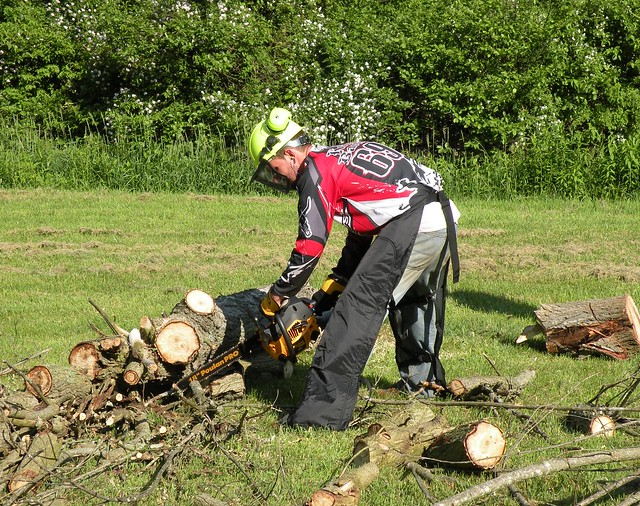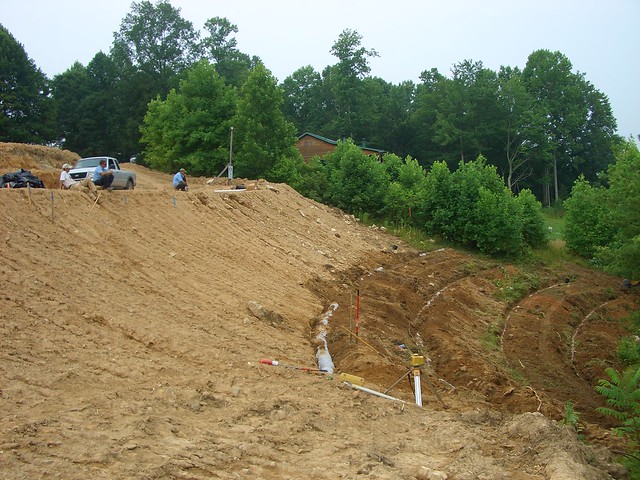It’s no secret that everyone relies on third-party service providers for energy and water. All modern homes are connected to “the grid” and have power, water and waste disposal on demand. The trouble is, with such reliance on those services, what would we do if they no longer existed?
One obvious fact is that the world’s population is growing. That means energy and water services are getting stretched. In some parts of the world, this extra burden is causing significant supply problems. As a result, service providers have to raise prices to invest in grid infrastructure.
Because of those issues, more people want to disconnect their homes from the grid. In a nutshell, they want to lead self-sustainable lives. If that is something you wish to do, is it an idea that you can easily turn into reality? In short, the answer is yes. It might shock you to learn that you don’t need lots of money to go off the grid. In recent years, off-grid infrastructure technology has become cheaper.
In today’s blog post, I’m going to share with you some powerful strategies to help you get started. Here is what you need to know to start living your life off the grid:
Upgrade to energy-efficient technology
Just because your appliances have lasted several years doesn’t mean they are efficient! In fact, it might surprise you to know that they are some of the reasons for your high energy usage!
If you intend to live your life off the grid, there’s one thing you must do first. And that is to upgrade your appliances and other technology to energy-efficient ones. The things you should upgrade include kitchen appliances and electronic items like TVs. Even before you go off the grid, you’ll notice how high the savings you will make on your energy usage. A way of not wasting resources is to fully utilise your purchases. Invest in Cable TV then for your newly-bought TV.

The good news is that it won’t cost a fortune to upgrade to new, energy-efficient items. For instance, you could purchase “like-new” items to get a discount off the buying price. Some retailers even offer trade-in details for things like kitchen appliances. And don’t forget that you can sell your existing technology to lower investment costs.
Going off-grid versus living in an eco-friendly community
One of the questions that people often ask is this. Is it cheaper to go off-grid or live in an eco-friendly community? The answer is, it depends!
Some people might find that their off-grid investment costs are quite low. Especially if they have contacts that can get supply the products they need at low prices.
Others may prefer to start afresh in a different part of town. For example, they might prefer to move to the Harvest Green – eco friendly neighborhood. The latter option could prove to be more cost-effective for some people.

Of course, this raises the issue of which option is best for your specific needs. What you need to do is compare the cost of both options and determine which one works out cheaper long-term.
Remember that you shouldn’t just compare initial costs. You should compare long-term costs too. In the business world, this is what gets known as the TCO or Total Cost of Ownership.
Start using free (or cheap) natural resources
After you wash your clothes, you might stick them in the dryer. And when you need to heat your living room up, you turn your heating system on. Those are just two of many examples where we could instead by using natural resources for free.
One of the big changes you have to make when living off the grid is to use more of the resources around you. So, instead of using a dryer to dry your clothes, hang them outside on a washing line. And chop up some wood from nearby trees and use a log burner in your living room to heat it up.
It goes without saying people with vast expanses of land will get the most out of off-grid living. Still, even if you’ve only got a bit of land, you can still live off the grid. For instance, you can still hang your clothes outside to dry. And you can always buy wood from a local timber merchant.

Determine the best place to install solar panels
Solar PV (photovoltaic) panels offer two distinct advantages. First of all, you can convert the sun’s energy into electricity. And, second, you can also convert that energy into hot water. The latter can also get used for your home’s heating system.
You might not think it. But, even on a cloudy day, solar panels can still generate electricity. Today, there has been a massive upsurge of domestic solar installations. More people are reaping the benefits of solar power. Even those that don’t go off the grid save money from their energy bills.
As you can appreciate, the more solar panels you’ve got, the more electricity you can create. It makes sense to install the maximum amount of panels possible at your home. That way, you won’t have to worry about power shortages. That’s because you can store any unused electricity in a battery array.
One thing that some people make the mistake of is choosing the wrong areas to install their solar panels. In the northern hemisphere, it makes sense to point solar panels to the south. And, in some cases, west-facing panels can generate more power during peak periods.
So, which should you opt for: south or west? Well, one thing you could do is take advantage of both options! You might not know it, but it’s possible to install motorized solar panels. You can create a system where the panels turn towards the brightest part of the sky automatically. In a sense, your solar panels would track the sun and align themselves to the strongest direction.
Believe it or not, creating a solar tracking system isn’t has hard as it sounds. Nor is it expensive! Another option is to have some panels permanently facing south and others facing west.
Whichever direction you choose, one thing’s for certain. You must make sure there are no obstructions like trees or buildings in the way of your solar panels.
Get a septic system installed
One question that prospective off-gridders will have is what to do with blackwater. Toilet waste would usually exit your home via pipes that lead to treatment plants in your area. But, as you are living off the grid, you need to do something with that waste yourself.
The most common option that most people go for is to have a septic system installed. It involves the installation of an underground septic tank near your home.
Attached to the tank are pipes that lead out to drain fields. Any material in the tank that doesn’t decompose will sit at the bottom as sludge. In those cases, you must have that sludge pumped out and disposed on a periodic basis.

If you’ve got a large expanse of land, one option is to convert your blackwater into fertilizer. You can then use it for growing plants and crops on your land. The only downside, of course, is the initial smell in the air!
Make extensive use of free water
When you go off the grid, you’ll no longer have a permanent source of pressurized water going to your home. As a result, you’ll need to find other sources of water for your everyday needs.
One example is to install rainwater collection tanks. You can attach them to the drain pipes that go to the roofs of your home and outbuildings. That water can then get filtered and used for drinking and cleaning.







You must log in to post a comment.